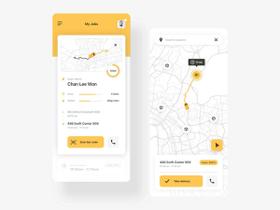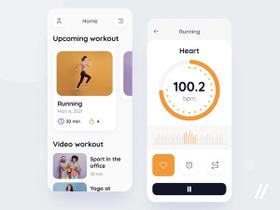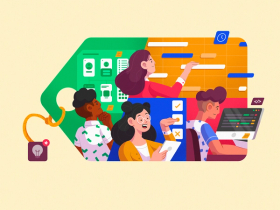What is IoT Monitoring?
Published: September 18, 2023
7 min read
In this article, you'll learn:
1
💻 IoT Monitoring: What Is It and Why Is It Important?
2
📝 Benefits of IoT Monitoring
3
⚙️ Tech Stack for IoT Device Monitoring
4
👂 Takeaways
In today's world, there is a huge growth in Internet of Things technologies. From smart homes to soil monitoring in agriculture, IoT permeates all areas of our lives.
According to Juniper Research, 83 billion devices will be linked to networks by 2024, a 130% increase over the 35 billion devices that were connected to networks in 2020. Additionally, if 5G connections are utilized more often, this figure may rise even further.
Each new network device consumes resources, creates data, and connects with other devices and services, a key area where BLE app developers play a vital role in optimizing connectivity. As a result, adding more devices brings both possibilities and risks to the performance of your apps, systems, and services.
In this article, we will talk about IoT monitoring and why it is important for optimizing your business. Let's start!
💻 IoT Monitoring: What Is It and Why Is It Important?
IoT monitoring is the process of discovering, monitoring and managing the connected devices that constitute the Internet of Things. It is a subset of general IT monitoring with a specific focus on IoT device connectivity.
📌 To effectively implement IoT monitoring, businesses often invest in IoT app development to build applications that provide real-time analytics, device management, and automation capabilities.
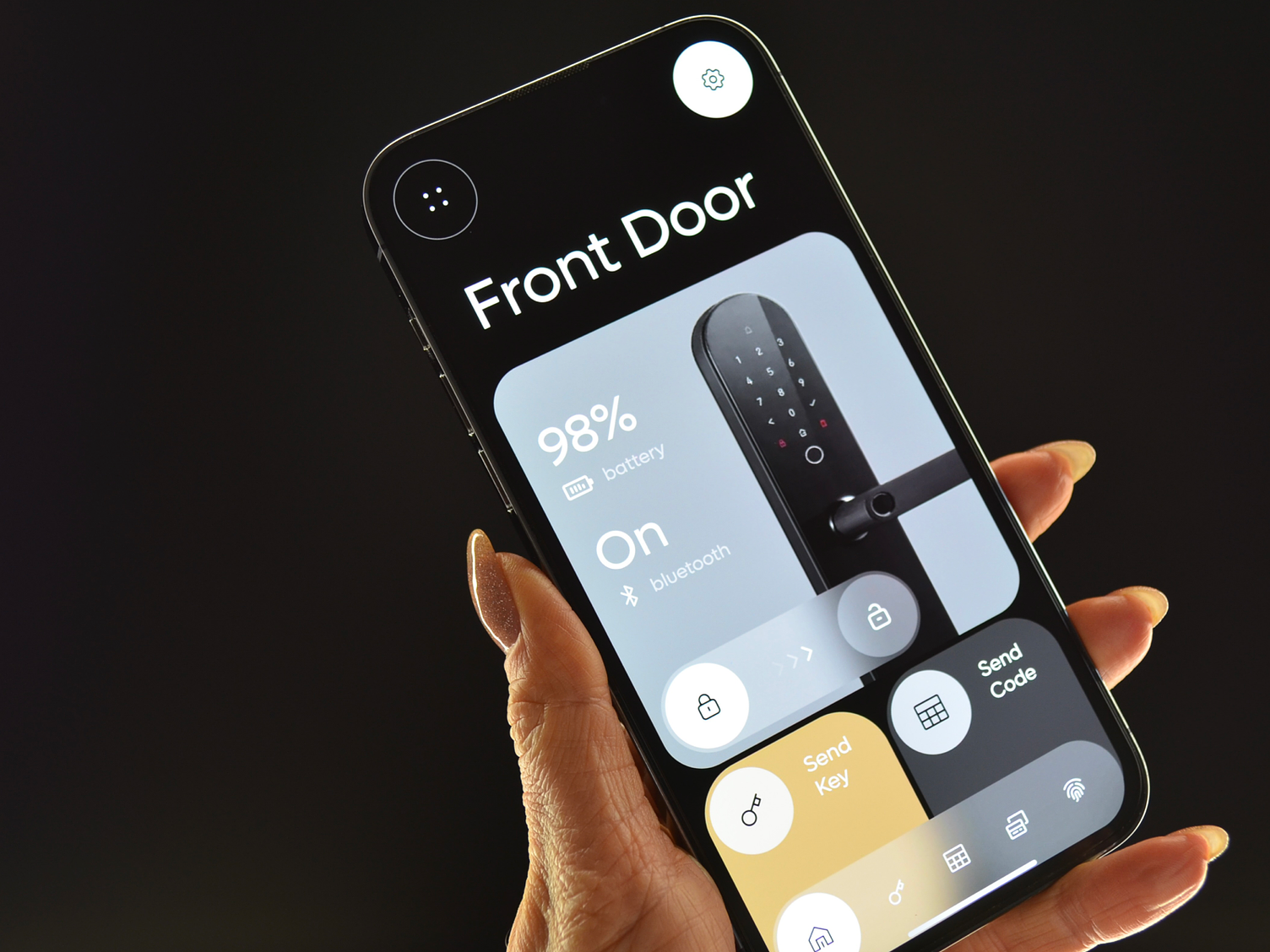
IoT monitoring involves the continuous oversight of IoT devices to ensure they operate smoothly and efficiently.
(image by Mary S.)
IoT monitoring mainly serves two purposes:
- It helps in tracking the status of IoT devices, often referred to as the IoT fleet.
- It enables monitoring of the state of the equipment to which IoT devices are connected.
IoT monitoring assists managers in making faster and more accurate data-driven decisions by measuring the functionality, performance, and maintenance of devices connected to the monitoring network and providing this information to users in real-time.
📝 Benefits of IoT Monitoring
An organization could benefit from a successful IoT monitoring process in the following ways:
-
Performance and Availability Monitoring of Your IoT Fleet: Utilizing the Internet of Things to monitor your vehicle fleet, or to develop an app to track mental health, is paramount for well-functioning transportation and healthcare services. By receiving maintenance notifications, you can proactively address potential vehicle issues and reduce repair costs. This approach is also highly beneficial for IoT and manufacturing processes where proactive maintenance helps prevent downtime.
-
Real-time Emergency Alerts: Real-time notifications empower you to address issues as they arise, minimizing delays and ensuring your devices operate at their peak performance. For instance, IoT applications in healthcare enable real-time alerts for critical health events, such as irregular heart rhythms or emergency patient conditions, ensuring timely response and intervention.

Monitoring IoT devices provides businesses with real-time insights into their performance and operational status, helping them make data-driven decisions.
(image by Den Klenkov)
-
Convenient Aggregation of Data: Accessing data from numerous IoT-connected devices offers a comprehensive overview of your system, saving you time otherwise spent searching for specific information. Low Power IoT networks encompass thousands or even millions of devices, making manual management impractical.
-
Equipment Performance Analysis: IoT monitoring aids companies in analyzing the performance, functionality, and maintenance of their assets. This advantage can be crucial in environments like factories, where a single malfunctioning device can disrupt the entire production process.
-
Reduced Manual Labor: Manual checks and inspections are time-consuming and costly as they require personnel to physically visit equipment locations. IoT monitoring platforms minimize or eliminate this type of labor by providing real-time data on equipment status.
⚙️ Tech Stack for IoT Device Monitoring
Here we have prepared for you several tools for IoT monitoring:
-
IBM Watson IoT is distinguished by its strong connectivity, functionality, and adaptability, providing users with the flexibility to add or remove devices as needed. One of its advantages is the ability to remotely reboot devices and perform updates through the IBM IoT monitoring dashboard, streamlining device management processes.
-
Salesforce IoT Cloud is a versatile solution suitable for sales organizations of all sizes. It facilitates the collection of data from customers, devices, and partners, empowering businesses to optimize their operations and attract more clients.
-
Microsoft Azure IoT Suite, developed by Microsoft, provides components such as Azure IoT Hub and Azure Digital Twins that allow users to tailor IoT solutions to their specific needs. Benefits of using this tool include edge-to-cloud IoT monitoring, customizable metrics, seamless integration with Azure Event Grid, and bidirectional communication capabilities with a huge number of IoT devices.
-
Amazon AWS IoT Core facilitates the rapid connection of countless devices to the cloud. This platform boasts several key features, including the ability to support an extensive network of connected devices and messages, a versatile AWS IoT Device SDK for mobile and hardware device connectivity, and a helpful tool called Device Advisor for cloud-based testing and network security.
One of its standout advantages is its scalability, accommodating billions of devices and connections. Tools like AWS IoT Core not only facilitate rapid connectivity but also address IoT security challenges in various industries, including the Internet of Things and agriculture.
Additionally, AWS IoT Core offers a free tier, allowing up to 2.25 million connections per minute and 500,000 messages per month, making it accessible for various applications and budgets.
- Oracle IoT is a IoT solution that facilitates the connection of various aspects, including assets, logistics, transportation, and intelligent manufacturing. Features of Oracle IoT: work-in-progress monitoring, connected logistics, service tracking, shipping monitoring, inventory management, and the creation of secure workplace environments through connectivity and monitoring. One of its significant advantages is its seamless integration with Oracle's suite of applications, which includes ERP, CRM, H.R., and supply chain management, all within a single platform.
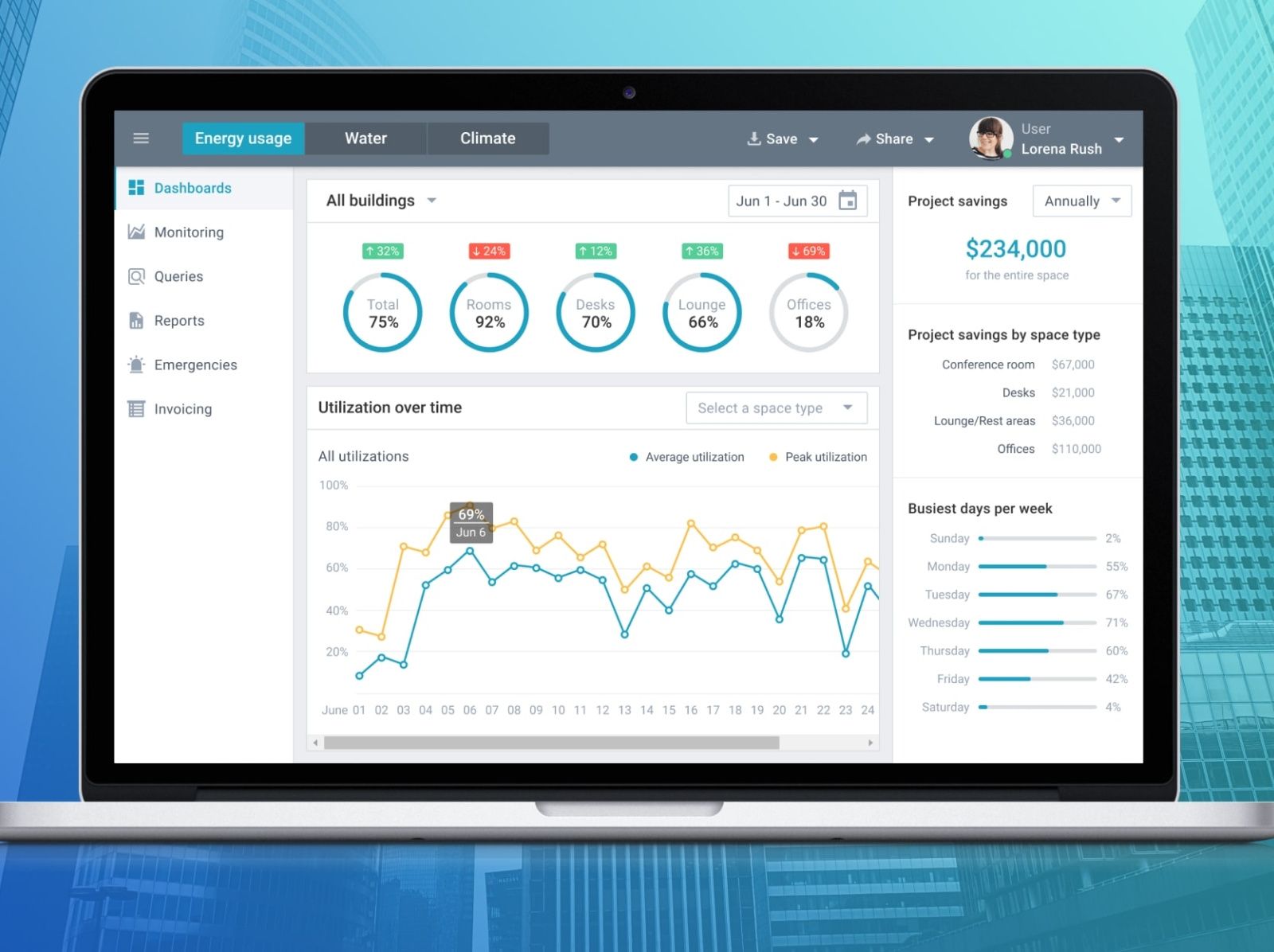
IoT device monitoring software plays a crucial role in identifying and addressing performance and security issues within your network of connected devices.
(image by Victoria Karneichyk)
👂 Takeaways
So, we hope this article was helpful for you in understanding the significance of IoT monitoring in today's rapidly evolving world. Let's sum it up:
-
IoT monitoring is becoming critical to a successful business. The number of connected devices is expected to grow significantly, making it essential to monitor these devices for optimal performance.
-
IoT monitoring offers real-time insights into the status and performance of IoT devices and connected equipment. It enables proactive maintenance, reduces manual labor, and enhances overall system performance.
-
Find the right IoT monitoring tool, considering what is prototyping in IoT, that can handle the scale of your business. Pay special attention to the additional benefits of the tool.
If you're looking to implement IoT monitoring for your organization or have questions about optimizing your IoT ecosystem, don't hesitate to reach out to us. Stormotion can help you make the most of IoT technologies for your business. Contact us!
Our clients say
![Stormotion client Pietro Saccomani, Founder from [object Object]](/static/40e913b6c17071a400d1a1c693a17319/b0e74/pietro.png)
They make the whole business work for us, and their improvements are fundamental to our operations. They’re reliable, honest, and willing to try new things that will help us. We appreciate how flexible and easygoing they are.
Pietro Saccomani, Founder
MobiLoud
Was it helpful?
Read also

